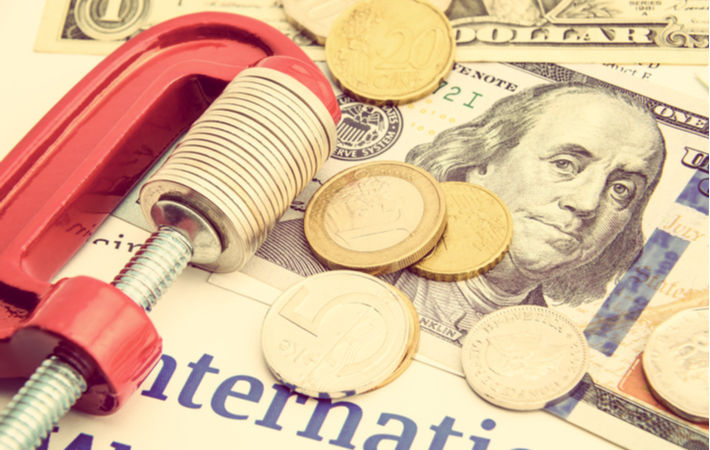
The increase in real GDP in the third quarter reflected increases in private inventory investment, personal consumption expenditures (PCE), state and local government spending, and non-residential fixed investment that were partly offset by decreases in residential fixed investment, federal government spending, and exports, BEA said in a press release.
Imports, which are a subtraction in the calculation of GDP, increased.
The increase in third quarter GDP reflected the continued economic impact of the COVID-19 pandemic. A resurgence of COVID-19 cases resulted in new restrictions and delays in the reopening of establishments in some parts of the country.
Government assistance payments in the form of forgivable loans to businesses, grants to state and local governments and social benefits to households all decreased.
The full economic effects of the pandemic cannot be quantified in the GDP estimate for the third quarter because the impacts are generally embedded in source data and cannot be separately identified.
The increase in private inventory investment reflected increases in wholesale trade (led by non-durable goods industries) and in retail trade (led by motor vehicles and parts dealers). The increase in PCE reflected an increase in services that was partly offset by a decrease in goods.
Within services, increases were widespread with the largest contributions coming from ‘other’ services (mainly international travel), transportation services and health care. The decrease in goods primarily reflected a decrease in spending on motor vehicles and parts.
The price index for gross domestic purchases increased by 5.4 per cent in the third quarter compared with an increase of 5.8 per cent in the second.
Fibre2Fashion News Desk (DS)